Winning the Slug Wars in the Garden
Sometimes these slimy creatures force gardeners into action
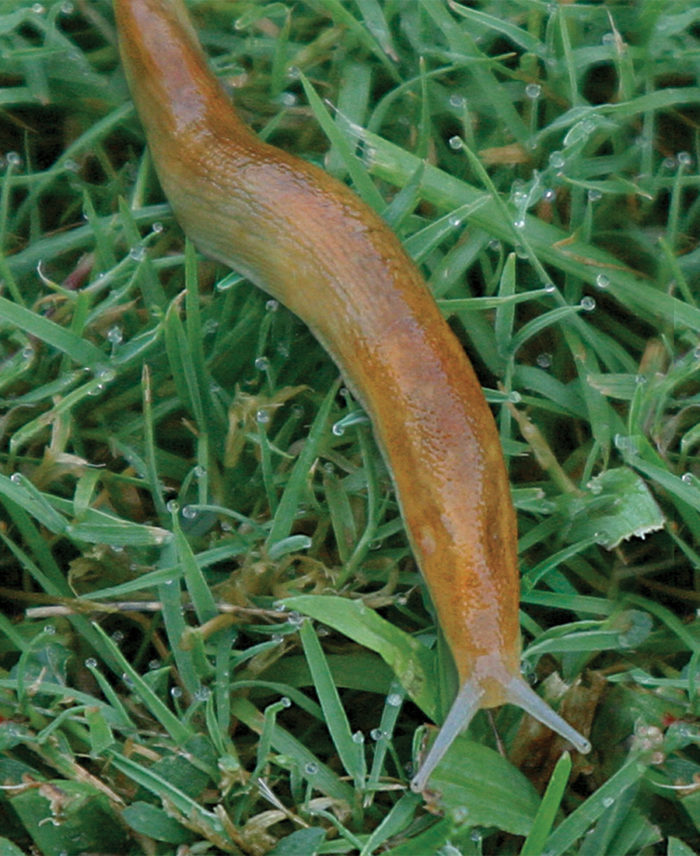
Slugs and snails do good things most of the time, adding organic content to your soil by shredding dead plants into compost. Sometimes, however, these plant recyclers get carried away and recycle plants we actually want to keep. At these times, we need to curb their destructive activity and bring an out-of-control slug or snail population back into balance.
You can identify slug and snail damage in your garden because of the way these mollusks feed. Their mouths sport rows of sharp “teeth” that tear plant tissue; plants with slug and snail damage appear scraped or shredded. Wind or hail damage where leaves are torn apart is the only damage that can be confused with slug or snail feeding.
You can discourage slug and snail activity in your garden by decreasing watering overall—but not to the point where it hurts garden plants. Water only in beds, and leave paths between beds dry. Remove piles of plant debris where slugs and snails can hide. Deep-till any beds that get replanted each year to disrupt the development of slug and snail eggs.
Despite your best efforts, you are still going to have slugs and snails. If the damage they cause gets out of control, you can safely manage their numbers by encouraging predators and other natural enemies as well as by using low-toxicity traps or baits.
Choose your weapon
Encourage their enemies
Slugs and snails have lots of natural enemies. Chief among them are snakes, ground beetles, lizards, frogs, toads, and many different birds. Incorporating a rock garden into your design creates protected crevices where these predators can make a home and provide you with free slug and snail control. Even a small, simple pile of loose rocks will, over time, become home to one or more kinds of slug and snail predators.
Another thing you can do is to build clear, open paths between planting beds that expose slugs and snails to birds when these critters try to cross from one bed to another.
Offer them a beer

Slugs and snails will be attracted to the yeast odor, fall in, and drown. Beer traps should be emptied and refilled every couple of days. Don’t put dead slugs or snails into the compost bin because they will rot like meat. Just toss them into the garden, where they will quickly disappear. Slugs and snails are highly attracted to the odor of yeast. Simple traps can be made from plastic margarine tubs filled with stale beer. Dig a shallow hole for your trap so that the lip is at the soil surface, and construct a simple cover to keep pets and other animals out.
Other traps are not as effective or as practical as yeast. Copper barriers can be good for raised beds, where you can surround the entire perimeter with foil, but this can be pretty expensive. Eggshells and diatomaceous earth are other common options, but neither is very effective. Slugs have a protective slime that works well enough to protect them from many rough surfaces, such as eggshells. Diatomaceous earth works better than eggshells to cut through the slime but only if it remains dry, which all but eliminates this method because slugs love to hang out in wet places.
Trapping is the most time-consuming of the slug- and snail-control methods. Plan to spend 15 to 30 minutes every other day during spring and fall after the traps are installed. Use one or two traps per 100 square feet.
Use baits sparingly
Use poison baits only as a last resort. For safety’s sake, it is important to use only those baits whose active ingredient is iron phosphate, rather than metaldehyde. Iron phosphate is relatively nontoxic, while metaldehyde has resulted in many—often fatal—pet and wildlife poisonings.
Use poison baits in spring and fall whenever you see the characteristic slime trails left behind by slugs and snails the night before. Don’t bother with baits in summer, when drier weather limits slug and snail activity.
While iron phosphate–based baits are just as effective as and much safer than those with metaldehyde, they can still be poisonous if Fido eats enough of it. Use baits sparingly, following package instructions, and try to keep pets away.
—Jack DeAngelis is a retired professor of entomology at Oregon State University. He currently operates livingwithbugs.com, an online consulting business.
Fine Gardening Recommended Products
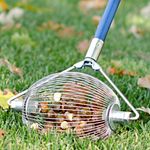
Medium Nut Wizard 14" for English Walnuts, Chestnuts, Golf Balls
Fine Gardening receives a commission for items purchased through links on this site, including Amazon Associates and other affiliate advertising programs.
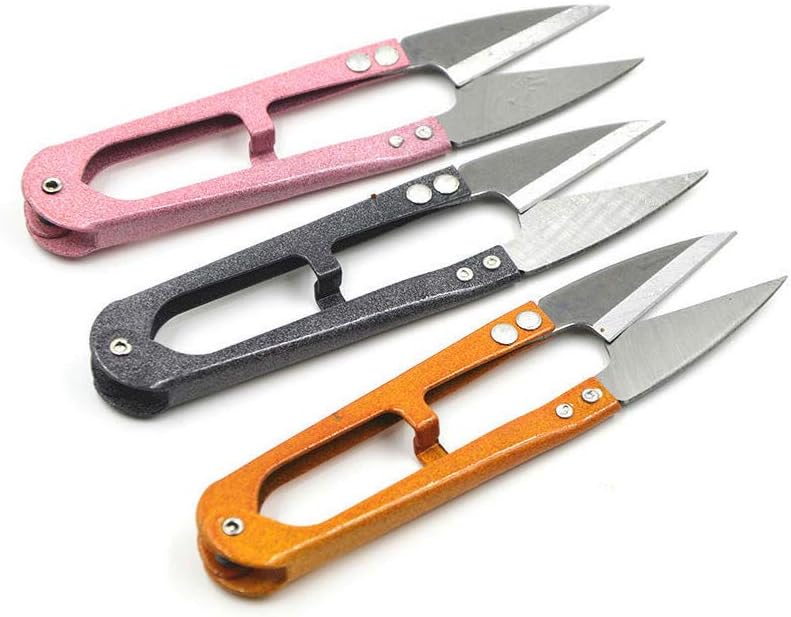
3 Pack 4.1Inch Bonsai Pruning Scissors
Fine Gardening receives a commission for items purchased through links on this site, including Amazon Associates and other affiliate advertising programs.
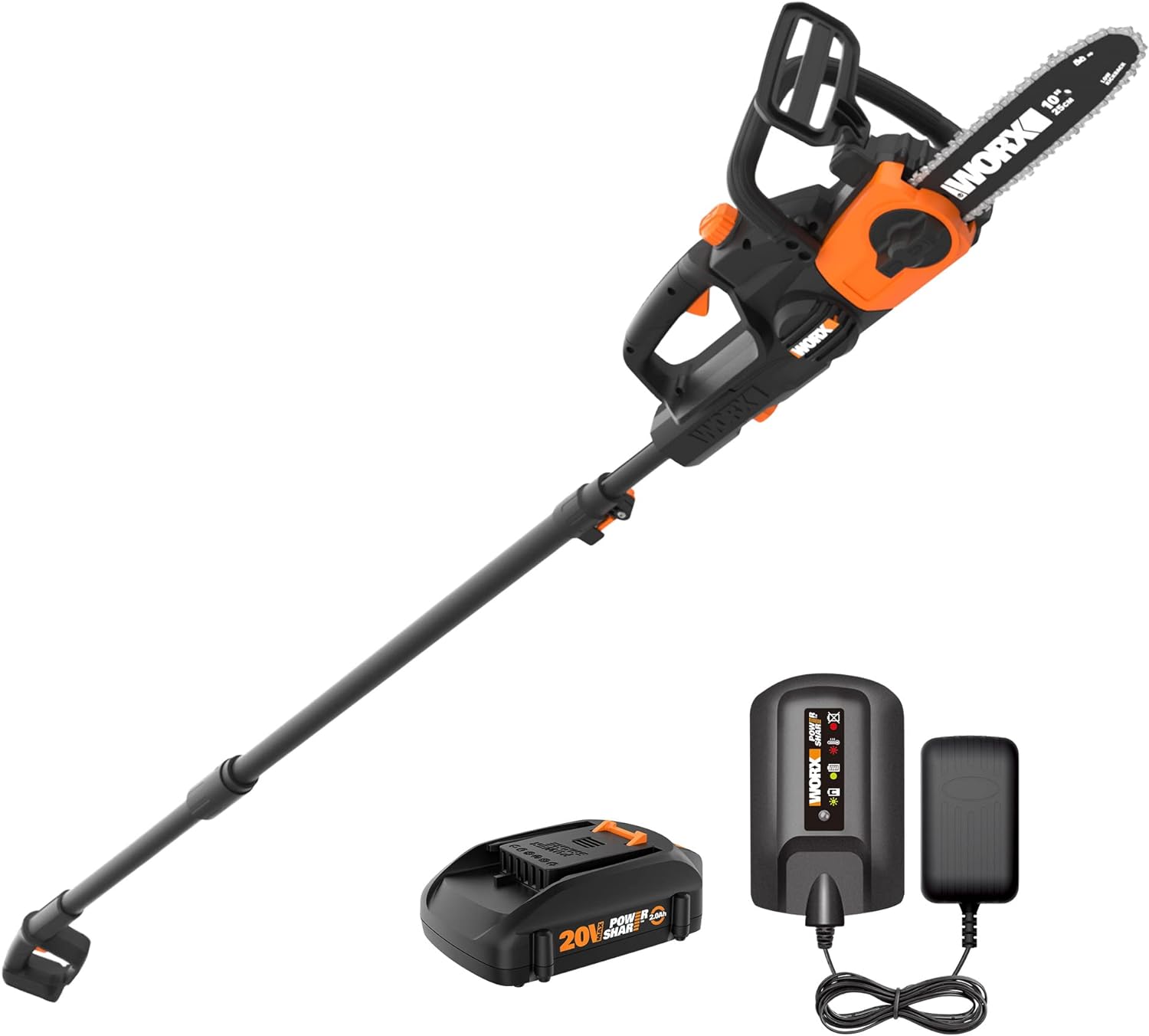
Fine Gardening receives a commission for items purchased through links on this site, including Amazon Associates and other affiliate advertising programs.


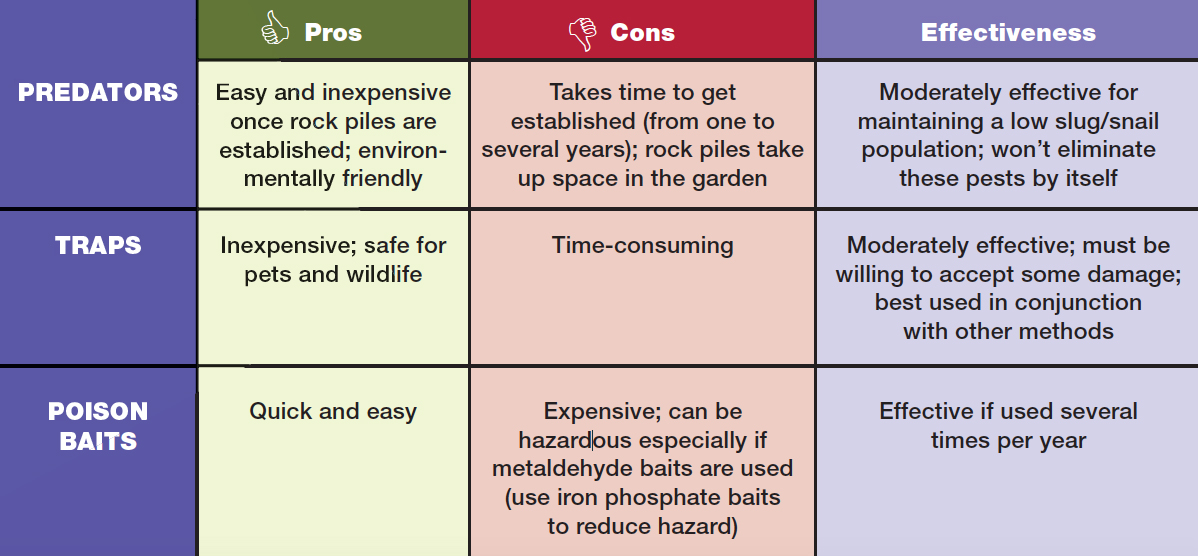




Comments
What a lovely room.
Log in or create an account to post a comment.
Sign up Log in